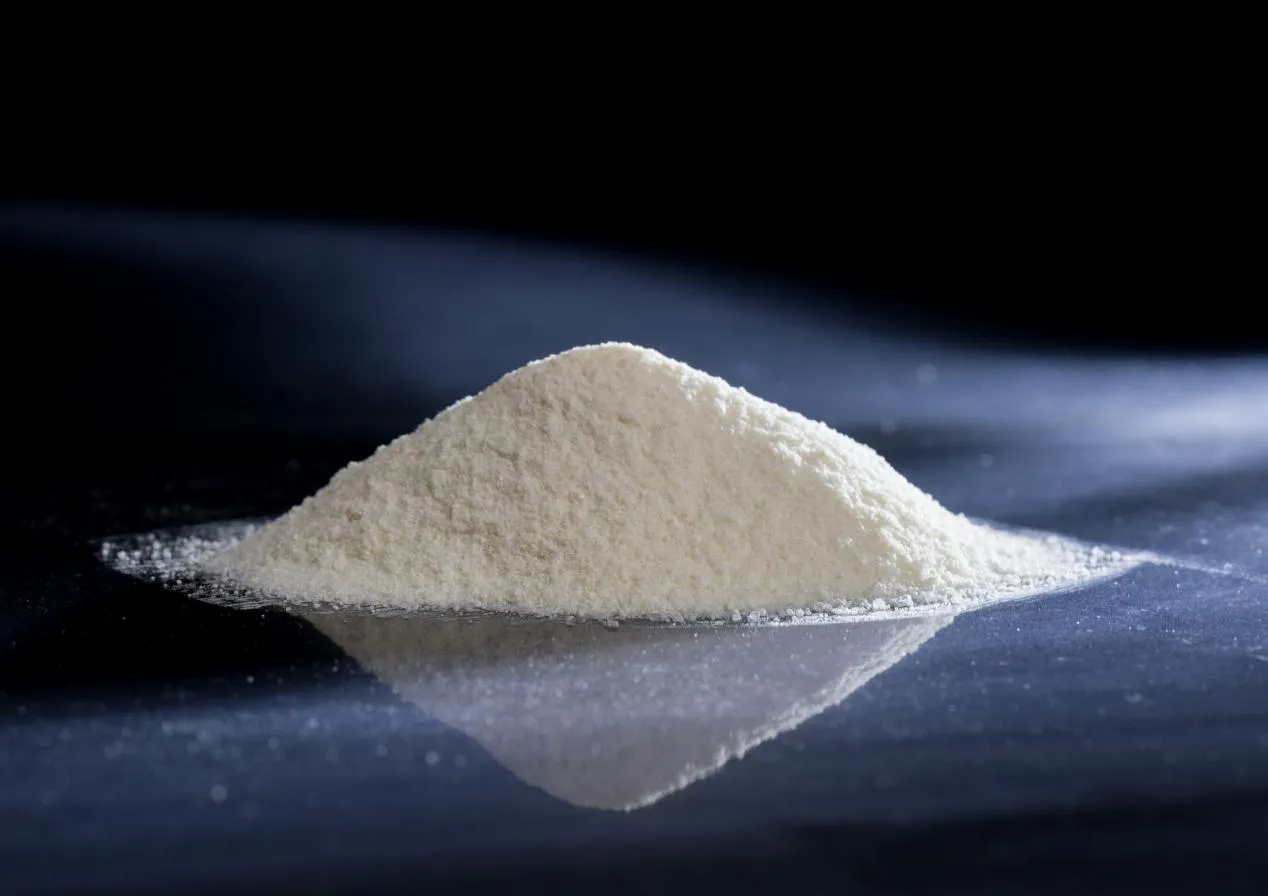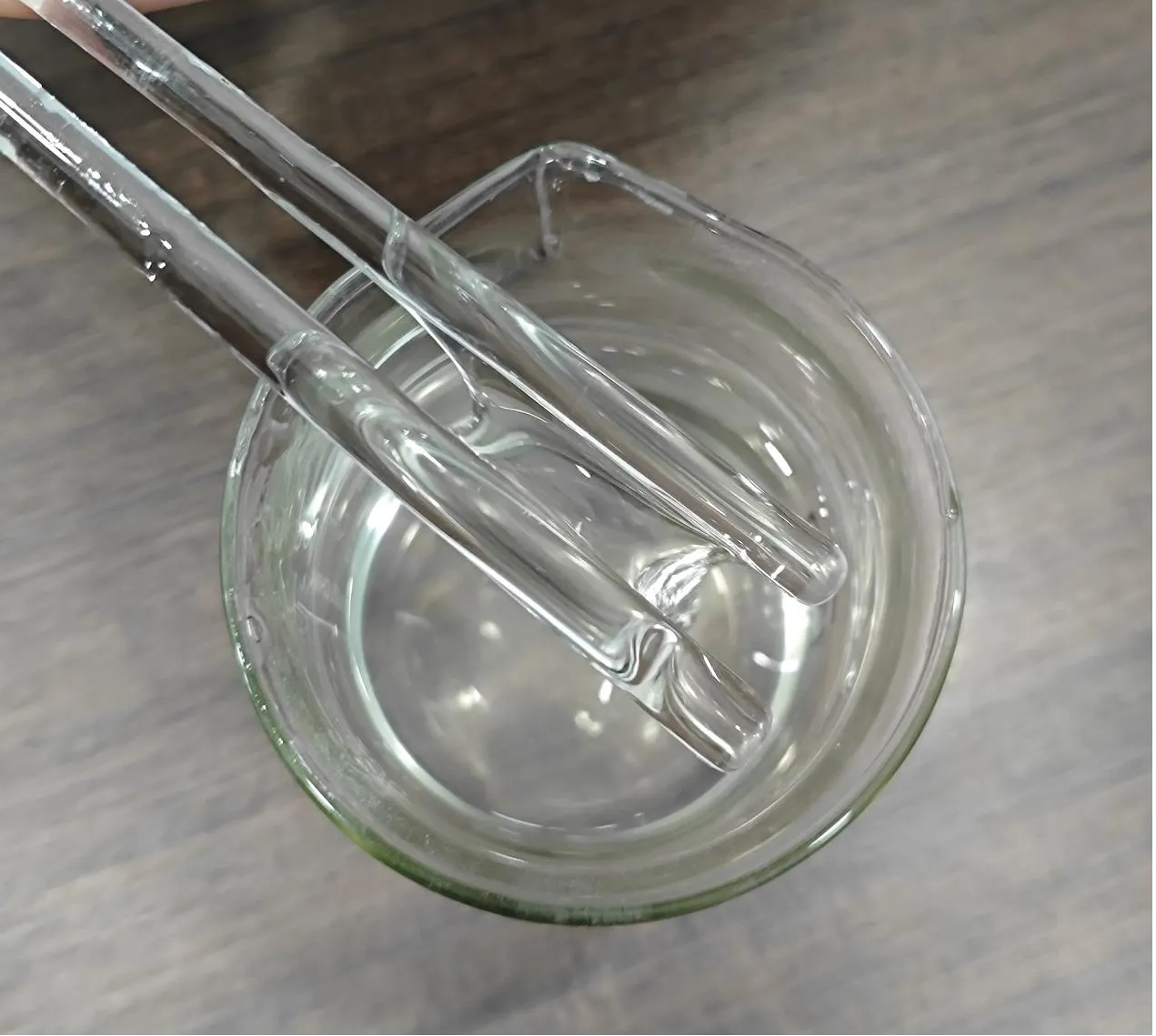
The Versatility and Industrial Value of Cellulose-Based Materials
Cellulose-based products are vital components across multiple industries, offering sustainability, versatility, and cost-effectiveness. Among them, микрокристаллическая целлюлоза, hydroxypropyl cellulose, cellulose acetate, and 2 hydroxyethyl cellulose are among the most widely used materials in pharmaceuticals, food processing, personal care, and construction. Their increasing demand has given rise to a competitive market, especially with the growth of cellulose ether manufacturers and fluctuations in hydroxyethyl cellulose price.
This article explores the unique characteristics of various cellulose derivatives and their commercial applications, providing insights for those seeking микрокристаллическая целлюлоза на продажу or interested in understanding the performance of cellulose-based fibre in industrial applications.

The Functional Power of Cellulose Derivatives
Microcrystalline Cellulose and Its Applications
Микрокристаллическая целлюлоза (MCC) is a refined wood pulp derivative, widely recognized for its high compressibility and binding properties. It is commonly found in tablets as a filler and binder, offering excellent disintegration characteristics that make it a standard in pharmaceutical formulations. Its non-reactive nature and ease of processing have also made микрокристаллическая целлюлоза a popular ingredient in food production, acting as a fat substitute, anti-caking agent, or emulsifier.
If you're seeking микрокристаллическая целлюлоза на продажу, numerous suppliers provide it in bulk form, catering to pharmaceutical, cosmetic, and food industries. Quality and purity are critical, especially for applications that demand consistency and compliance with regulatory standards.

Hydroxypropyl and Hydroxyethyl Cellulose: Flexible Binders and Thickeners
Hydroxypropyl cellulose (HPC) and 2 hydroxyethyl cellulose (HEC) are chemically modified cellulose ethers with excellent water solubility and thickening properties. They are crucial in manufacturing cosmetics, personal care items, paints, and cleaning agents.
Hydroxypropyl cellulose is used as a stabilizer and film-former, often included in eye drops, tablets, and topical products.
2 hydroxyethyl cellulose acts as a thickener and emulsifier in paints, shampoos, and industrial coatings. It also offers better salt and pH tolerance, making it ideal for varied formulations.
With rising demand, businesses often look to trusted cellulose ether manufacturers to ensure product reliability. However, the hydroxyethyl cellulose price can vary depending on quality, grade, and supplier location.
Specialized Cellulose Types and Their Commercial Roles
Cellulose Acetate and Cellulose-Based Fibres in Industrial Use
Cellulose acetate is a thermoplastic polymer derived from cellulose that has gained wide popularity in the production of eyeglass frames, cigarette filters, photographic films, and textiles. It is known for its clarity, toughness, and lightweight nature. In textile production, cellulose acetate contributes to soft, breathable fabrics that mimic silk, offering comfort and elegance.
Meanwhile, cellulose-based fibre continues to be a cornerstone in sustainable textile development. These fibres, derived directly or indirectly from wood pulp, offer biodegradability and environmental friendliness that are increasingly important in modern material design. From viscose to lyocell, cellulose-based fibres serve diverse applications, from fashion apparel to medical textiles and industrial reinforcements.
The Role of Cellulose Ether Manufacturers in Global Supply
As demand for cellulose derivatives grows, cellulose ether manufacturers play a critical role in delivering consistent, high-purity materials to global markets. They invest in R&D to innovate formulations with enhanced solubility, stability, and functionality, adapting their products to suit regional regulatory standards and industrial requirements.
It’s essential to assess quality certifications, production capabilities, and customer service when selecting a cellulose supplier. Many buyers compare hydroxyethyl cellulose price and other derivative costs before finalizing their sourcing decisions, balancing budget constraints with quality needs.
Investing in High-Performance Cellulose Materials
From pharmaceutical tablets to construction adhesives and cosmetic thickeners, cellulose derivatives like микрокристаллическая целлюлоза, hydroxypropyl cellulose, 2 hydroxyethyl cellulose, and cellulose acetate are indispensable in modern industry. Cellulose-based fibre offers an environmentally responsible alternative to synthetic materials, and with reliable cellulose ether manufacturers, businesses can maintain production efficiency and innovation.
As demand grows and supply chains evolve, keeping an eye on raw material trends—such as the hydroxyethyl cellulose price—is crucial for procurement and R&D teams. If you're seeking high-performance, sustainable cellulose products, now is the perfect time to explore options for микрокристаллическая целлюлоза на продажу and more.
FAQs: Everything You Need to Know About Cellulose-Based Products
1. What is Microcrystalline Cellulose and Where Can I Find Microcrystalline Cellulose for Sale?
Микрокристаллическая целлюлоза is a purified, partially depolymerized cellulose used widely in pharmaceuticals and food processing. It serves as a binder, emulsifier, and stabilizer. You can find микрокристаллическая целлюлоза на продажу through specialty chemical suppliers or bulk material distributors.
2. How Do Hydroxypropyl Cellulose and 2 Hydroxyethyl Cellulose Differ?
Both are cellulose ethers, but hydroxypropyl cellulose offers better film-forming and thermal gelation, making it useful in pharmaceuticals and cosmetics. 2 hydroxyethyl cellulose excels in pH stability and is more suited for industrial applications like paints and adhesives.
3. What Are the Applications of Cellulose Acetate?
Cellulose acetate is used in products requiring clarity, strength, and flexibility—such as optical films, textile fibers, and cigarette filters. Its biodegradability and thermoplastic properties make it highly versatile.
4. What Is Cellulose-Based Fibre and Why Is It Sustainable?
Cellulose-based fibre refers to fibres made from wood pulp or other plant sources. These fibres are biodegradable and renewable, making them eco-friendly alternatives to synthetic fibres like polyester.
5. What Should I Consider When Choosing Cellulose Ether Manufacturers?
When selecting cellulose ether manufacturers, consider product purity, customization capabilities, compliance with industry standards, and cost, such as hydroxyethyl cellulose price. A reliable manufacturer ensures consistent supply and technical support for your applications.
-
Hydroxypropyl Starch as a Sustainable Construction AdditiveNewsNov.24,2025
-
The Gelation Properties of CMCNewsNov.21,2025
-
Redispersible Latex Powder and Water Retention CapacityNewsNov.21,2025
-
Dosage Control for Polycarboxylate Water ReducerNewsNov.21,2025
-
Film-Forming Properties of Polyvinyl AlcoholNewsNov.21,2025
-
The Function of Gypsum Additives in MortarNewsNov.21,2025





















